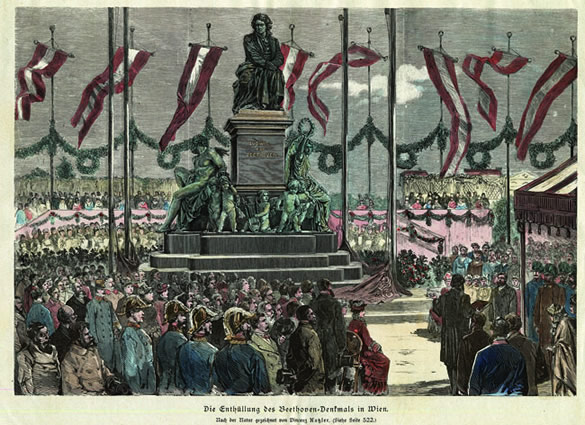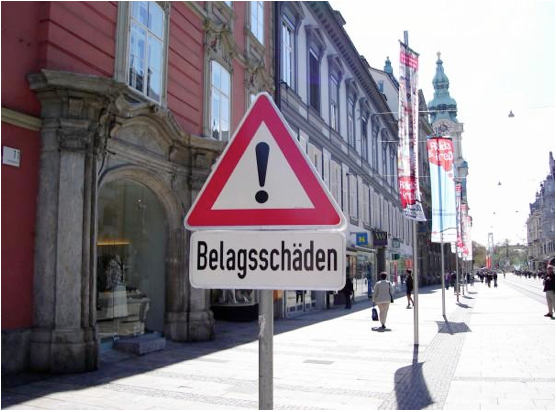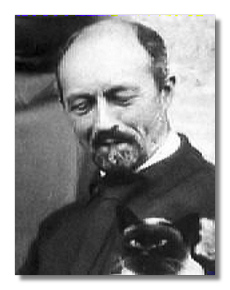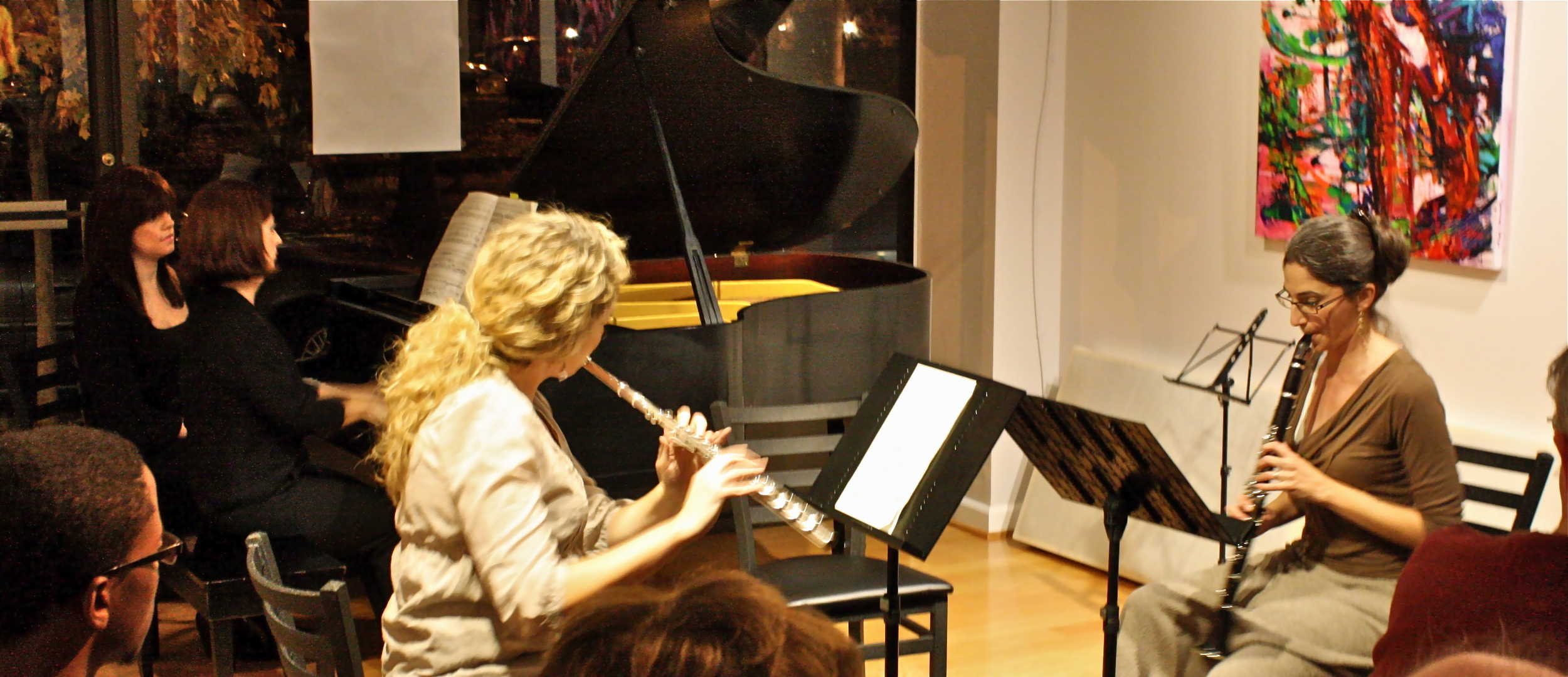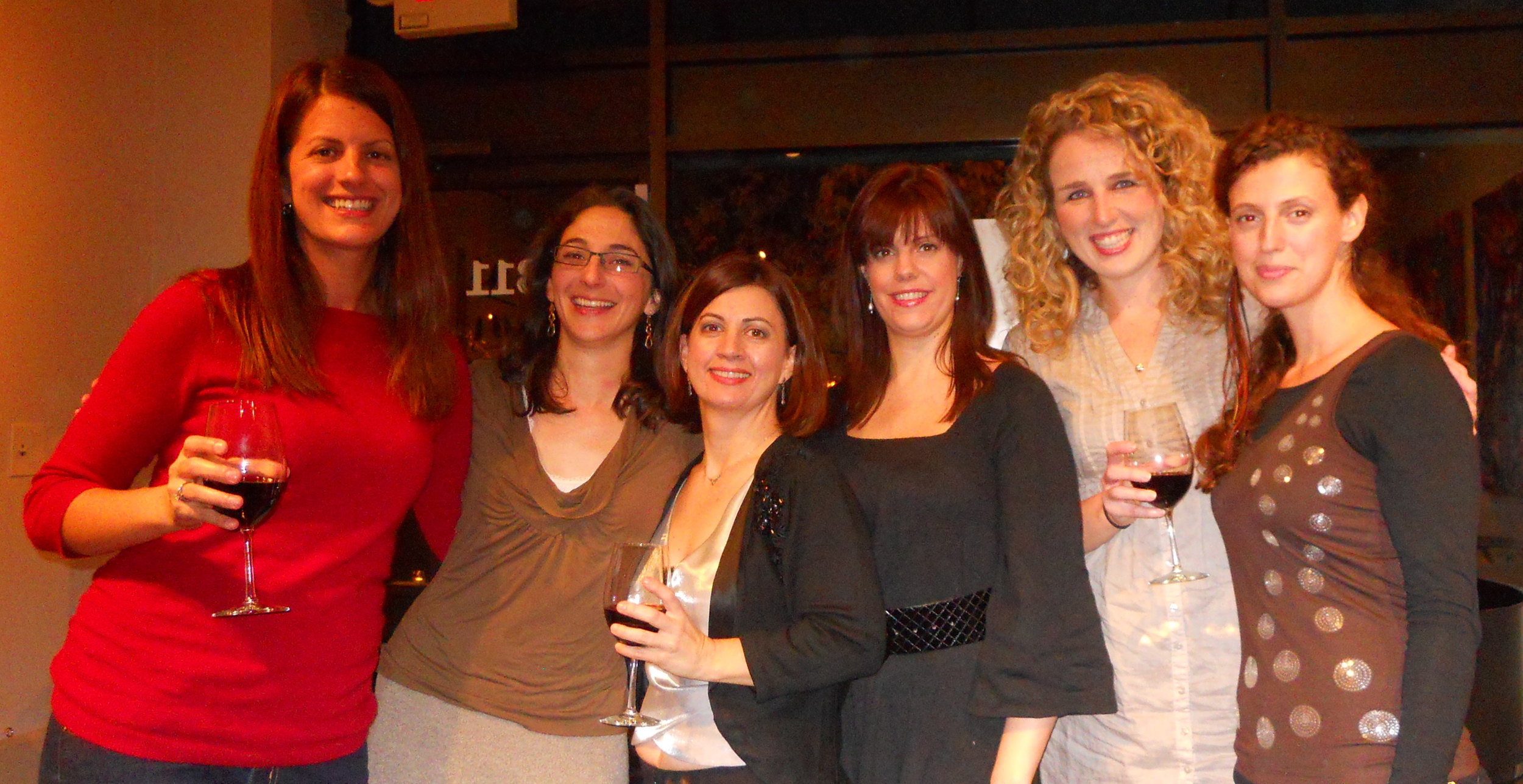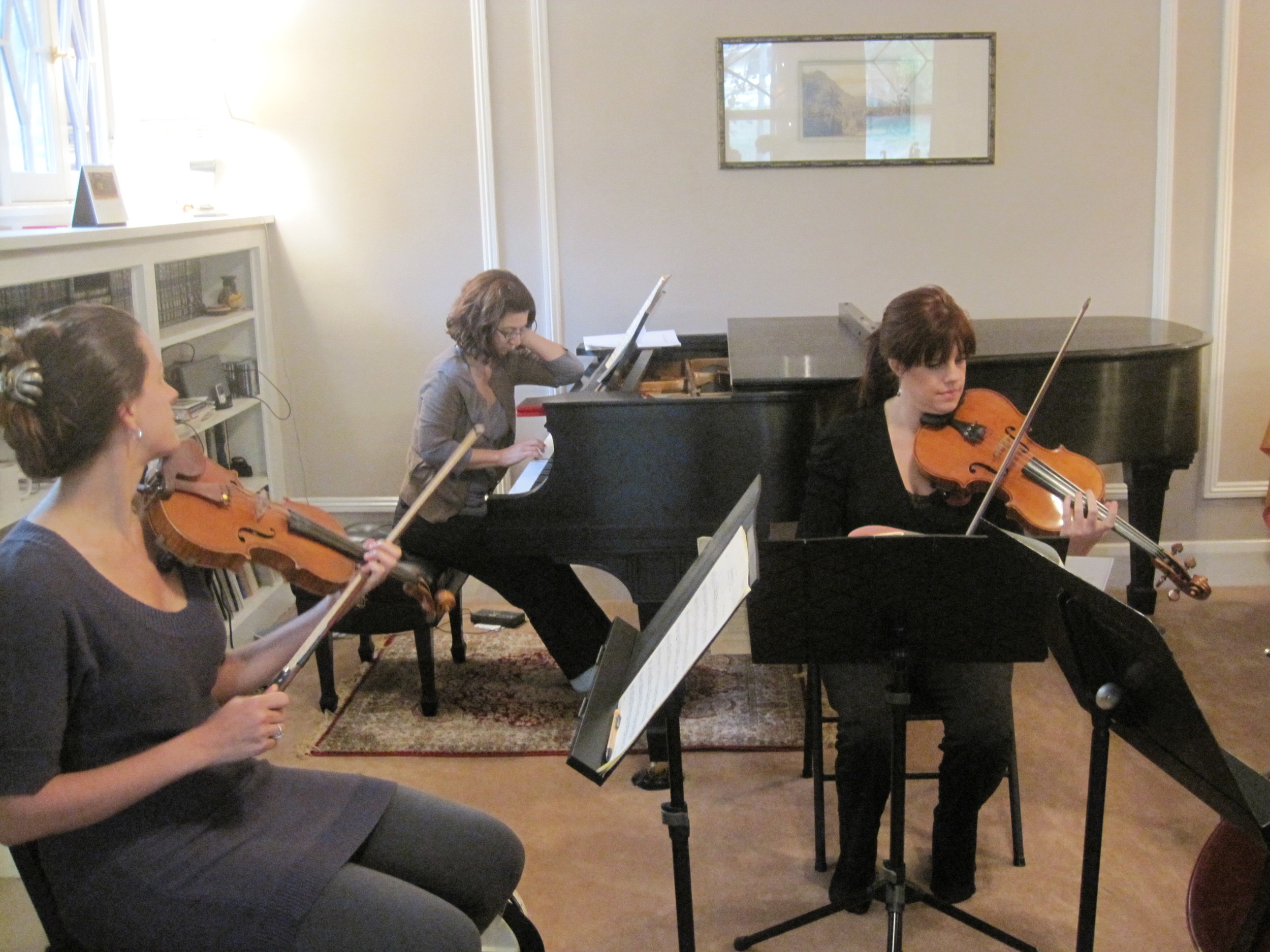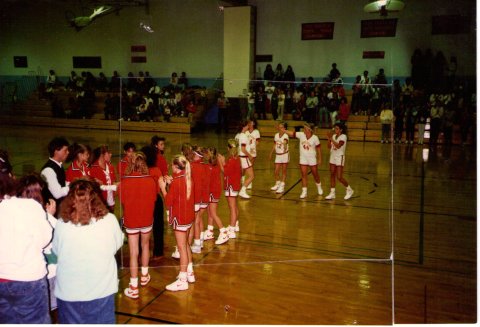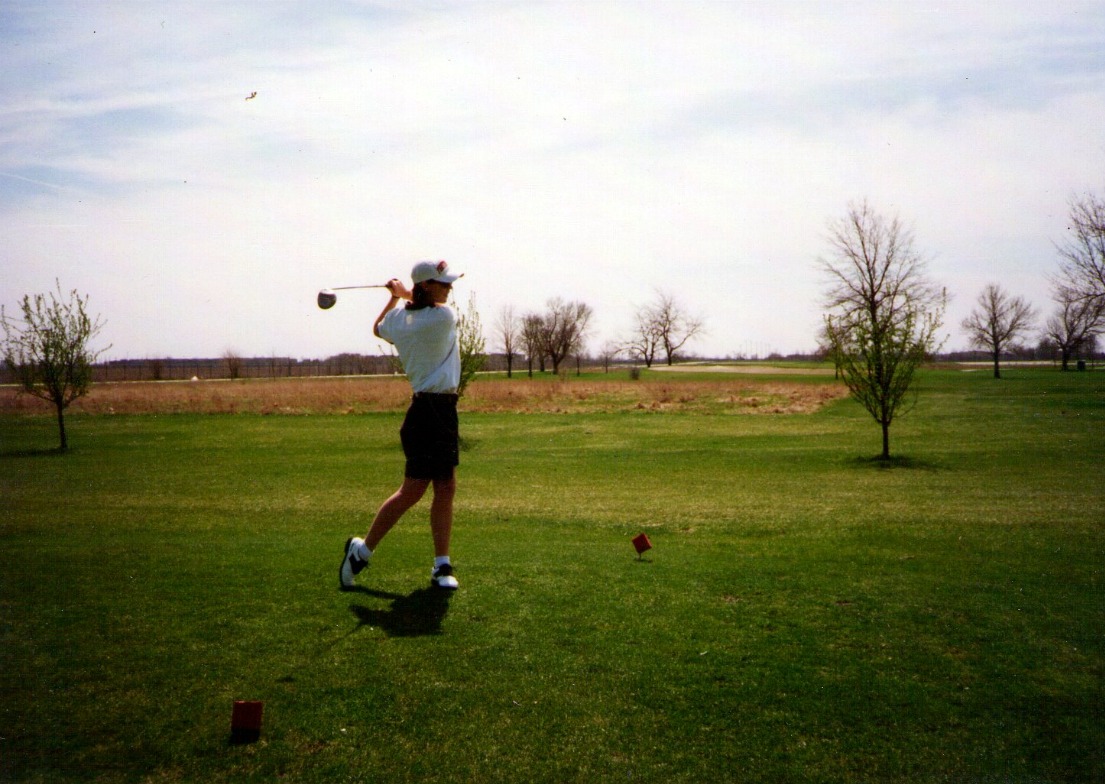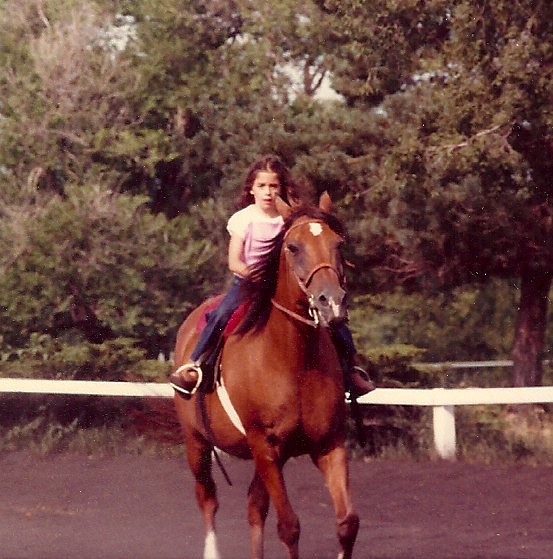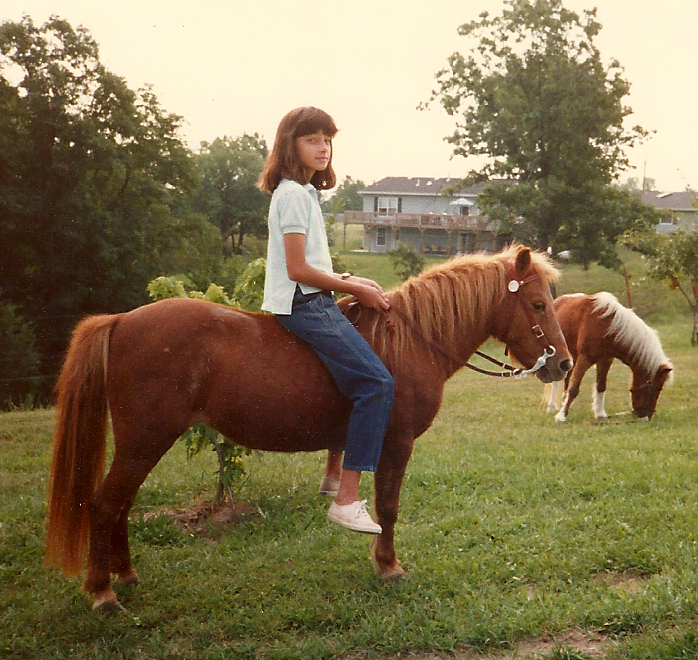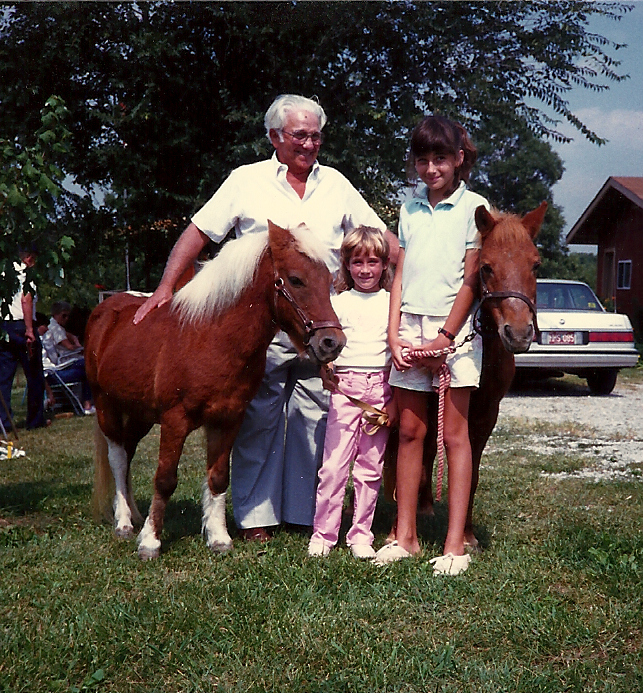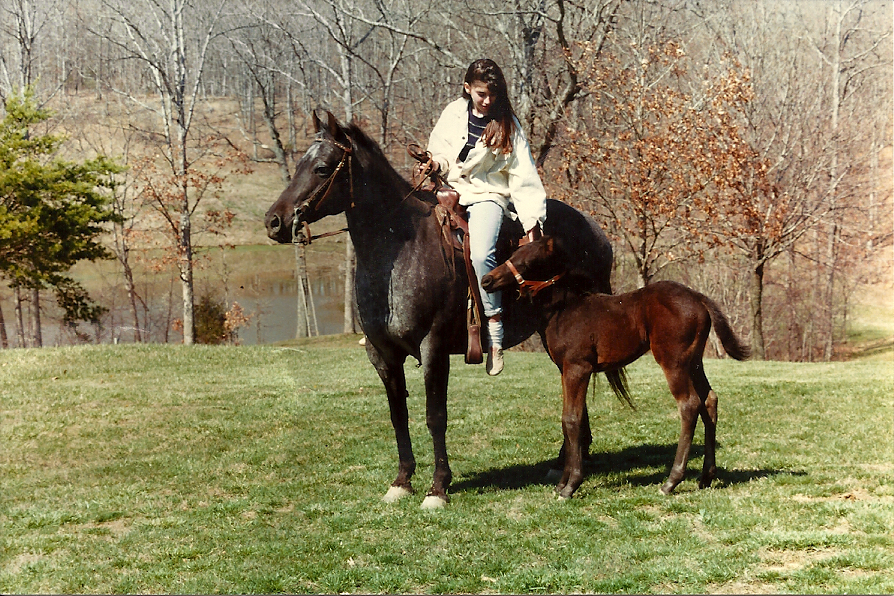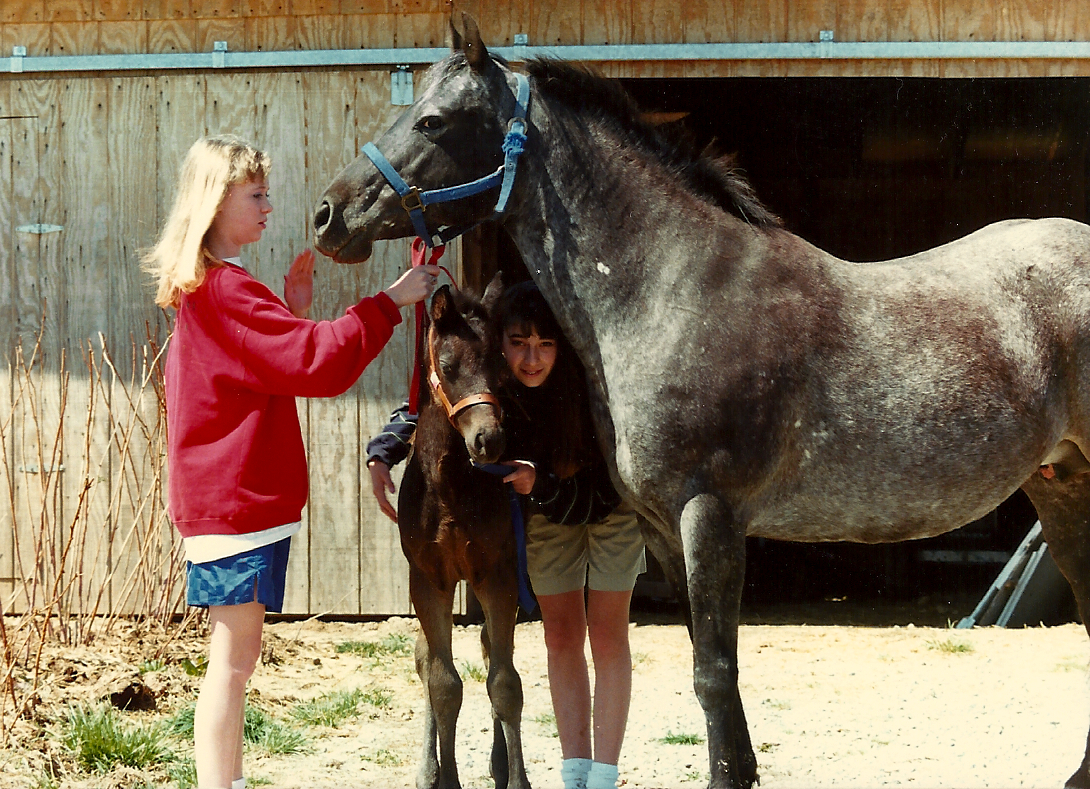posted by CPSTL.
This week we perform our program we're calling Strings Attached. If you've been to our concerts, you know that we don't print stuffy academic program notes for you to read while listening to the concert. We don't want you to feel like you need to multi task - we want you to sit back, relax and enjoy the show. We get up and talk to our audience about the music, giving them information that enhances their listening experience, then we play the music. We started this blog because we know our audience is curious to know more about us and about music. So we thought we'd start a new approach to program notes that will give you some insight into the musicians mind!
We asked our musicians some questions about the music in this program, and compiled their answers to give you insight into how we feel about the music, and why we're so excited to play it for you this week.
Occasionally, we musicians use musical words to describe music that no one but musicians understand, but we forget this and use them anyway. As the words come up, they've been underlined and there is a little tiny dictionary at the bottom you can reference if you wish. We also use the last name of the composer to identify the piece we're talking about.
musicians
Hannah Frey, Violin
Laura Reycraft, viola
Valentina Takova, cello
Jennifer Gartley, flute
Dana Hotle, clarinet
Nina Ferrigno, piano
program
Trio for Flute, Viola & Cello by Albert Roussel
Sonate for Flute, Clarinet & Piano by Maurice Emmanuel
Piano Quartet No. 2 in E flat Major by Wolfgang Amadeus Mozart (violin, viola, cello, piano)

NINA "As I head into this exciting week of concerts with Chamber Project, I've been thinking a lot about the Mozart E-flat Quartet that ends the program. It is a piece I have played before although not for a number of years. Actually, not since the summer after I graduated from high school when I was seventeen! My music is a kind of time capsule of fingerings, phrase marks, dynamics and instructions which compel me to remember my past experiences with this great piece. At one point in my music the cryptic mark of simply 'Donna' appears encouraging me to remember a friend who was such a part of that experience and, apparently someone I needed to watch for a cue!! It has been really fun revisiting that time, but also great to discover just how differently I perceive this piece now. Even before Chamber Project rehearsed for the first time, I was busy erasing most of the markings from long ago. I just don't move my hands in the same way or hear these Mozartian phrases in the same way. This piece seems so much more joyfully personality driven than it did years ago to an earnest 17 -year old about to start a career in music. I hope you enjoy these performances as much we will enjoy playing them!"
What is your favorite piece on the program to play?
LAURA “Mozart is fun to play and has a sunny and not too serious character. I like the Roussel more and more as we rehearse it, the tunefulness is becoming more apparent to me.”
VALENTINA “I perform on two pieces on the program. Both are very different and interesting in their own way. The Roussel Trio is getting more and more interesting as we untangle all the strange and unusual voice leading and harmonic progressions. I am starting to realize that everything on the page makes a lot of sense, even though for a first time listener it might be a bit abstract. The Mozart Quartet on the other hand is purely enjoyable for the players and listeners alike. The music is light, beautiful and accessible. I hope everyone has a wonderful time at our concerts this week.”
DANA “I only play on one piece in this program, but I am really excited to hear the Mozart. I caught a little of the rehearsal yesterday and it sounded great. I love the way Mozart writes for piano in chamber music, and I love hearing Nina play Mozart -so this is going to be good!”
HANNAH "Mozart: Of course I love Mozart. I always love playing Mozart. He is a genius, and one of my favorite composers to play. When you play with piano, intonation is easier, because the piano is always right. No arguments."
Is there a ‘magical moment’ for you in this music?
LAURA “I really love my part in the coda of the 3rd movement of Mozart. It is so joyful and carefree at that moment.”
DANA “The second movement of the Emmanuel is so interesting, the way there is this ominous "boom boom" in the low piano, and these slow melodies weave around, talking to each other, with the 'boom boom' randomly pulsing underneath. It's erie and strange and really cool. Nina thinks it's just way too weird, but I like it.”
Does any of this music tell a specific story for you?
DANA “All music can tell a story, but one that came to me right away when I listened to it was in the first movement of the Emmanuel. It sounds like a beautiful dream, cheerful, everything is going fine, and then, out of nowhere these weird harmonies surface to remind you that this is really a dream, surreal like a dream. Some of the stories I've learned about how the pieces were written are very interesting. Mozart was commissioned to write three piano quartets by a famous music publisher (we are playing the second one). After the publisher got the first one, rumor has it that he hated it so much that he paid Mozart to NOT write the second one! Perhaps Mozart had already written the second one, we don't really know, but we have it, and it's fantastic. It's too bad he never wrote the third. I have to say the the second one is a bit nicer than the first. It's also really interesting that Roussel wrote his Trio in 15 days. I'm pretty sure the collective practice time of the three people playing it this week greatly exceeds that. It's hard!”
JEN "The third movement of the Roussel could be described as a "rondo," which means the same theme keeps returning over and over again. But in this case, it seems like the rondo theme keeps getting lost and then all of a sudden it will appear out of nowhere, and you will know where you are musically."
What is the most challenging aspect of this program for you?
LAURA “The Roussel. He writes in a difficult register for the viola in several passages, and their are many dissonances which are hard to tune. I began preparing the Roussel about a month ago.”
VALENTINA “The Roussel Trio has some tough passages for cello. I have a couple of really high solos and it has been fun trying to figure out the intervals and the harmony. I do like the challenge very much.”
JEN "I am honestly more attracted to super passionate music and people and subtlety is sometimes not my strong point. But I HATE movies like "The Notebook" that are emotionally manipulative intentionally.... so the restraint of this program is a nice challenge to both sides of my personality. The Roussel is a tough piece, the harmonies take awhile to fit into your ear and it is a surprisingly complicated piece of music, all of the parts are very intricate and are woven together meticulously. If you miss even the slightest tie, it throws off the entire rhythmic continuity."
We hope you enjoyed hearing a little of what we think and feel about this music! Is there something else you want to know? Just ask! We'll share more insight to the music and the composers in our concerts, We hope to see you there!
www.chamberprojectstl.com for more info!
MiniMusicDictionary
harmony: two or more notes sounding at the same time. Some combinations are common, others are not.
dissonance: a type of harmony where the notes sounding together produce a ‘crunchy’ or ‘disagreeable’ sound. Usually defined as ‘unstable’ harmonies in music lingo. Traditionally followed by consonant, or pleasant and stable harmonies.
harmonic progressions: Also known as chord progressions. The order in which harmonies are played (e.i. dissonance followed by consonance). There are very standard progressions that you have heard thousands of times. In classical music, creating unusual and effective chord progressions is a huge part of the music.
voice leading: describes the way in which individual parts or 'voices' interact, creating and embellishing the progression from one chord to another.
interval: The distance between two notes.
intonation: playing in tune
tie: an aspect of rhythm, when two notes are 'added' together.
coda: A musical epilogue of sorts. The ending section of a movement.
Did we leave something out? Just ask! There are no stupid questions!

